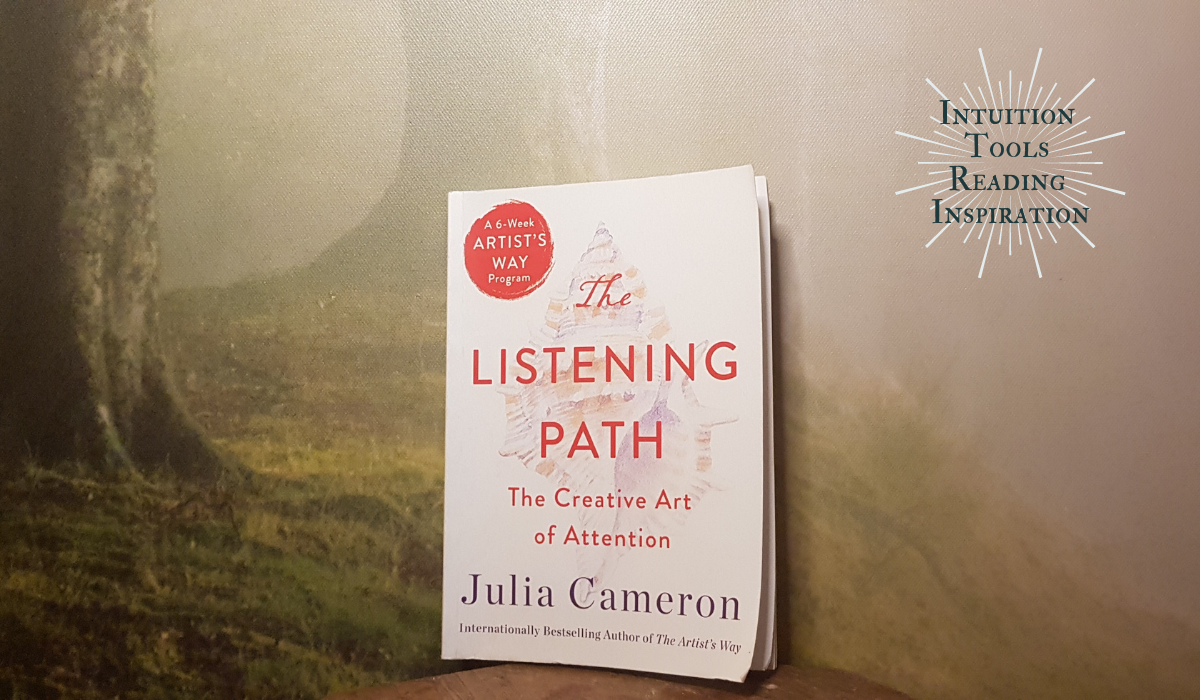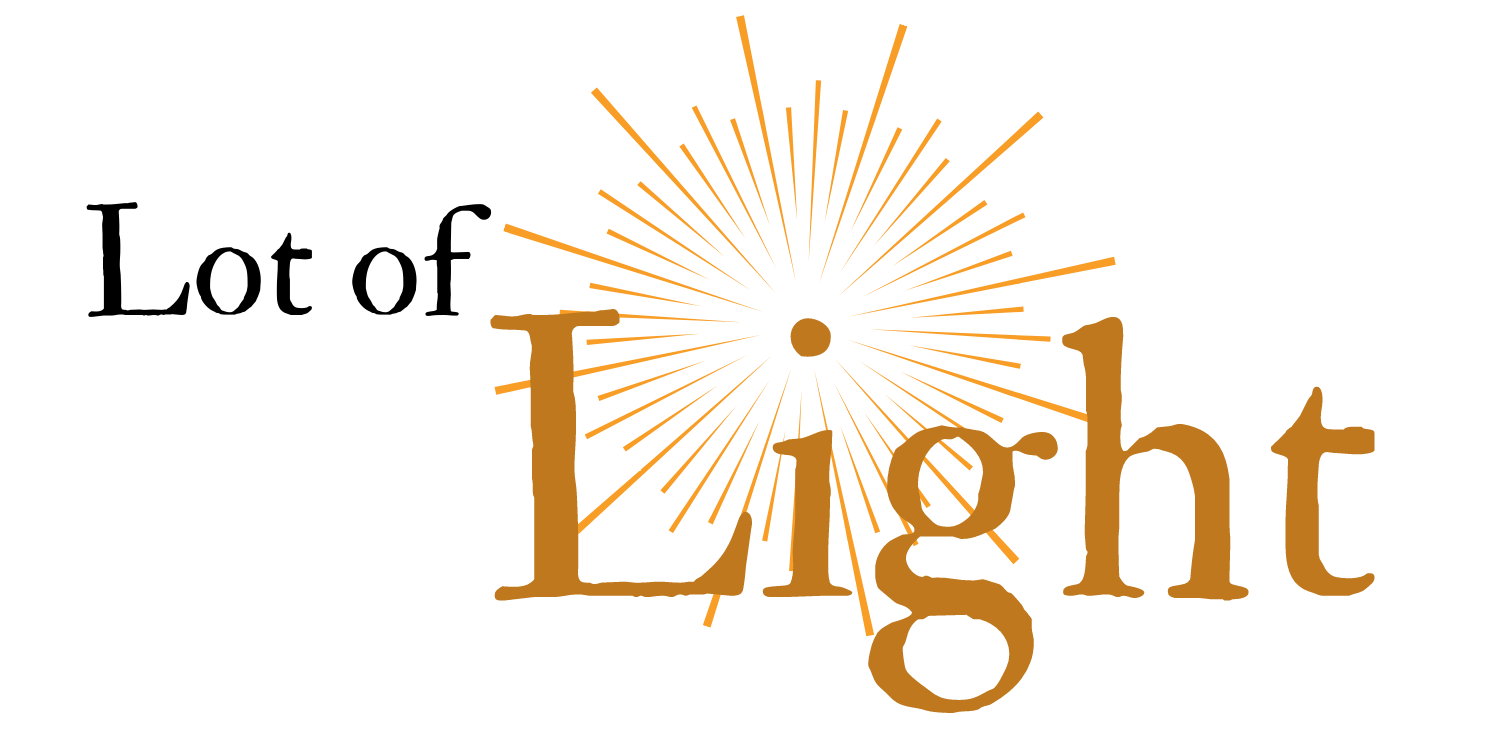The Listening Path - a creative practice that's really a profound but simple spiritual tool
Intuition Tools Reading Inspiration

The latest by Julia Cameron, acclaimed author of The Artist’s Way, published in January 2021.
Why you should read The Listening Path
Looking at the subtitle to this book, The Creative Art of Attention, this book is meant as a creative companion. And it really is! I am writing this post with hardly any effort after having embarked on the Listening Path. But I have found this book is truly so much more than just a means to spark your creativity. It is a spiritual work, a thourough teaching of mindfulness practice.
If we practiced what is in these pages every day, we would be connected to our higher Self and spirit team at all times, without any effort whatsoever.
If you’re (like me) unfamiliar with Julia’s important work The artist’s way, the actually too big for an introduction- introduction is a beautiful, rounded off and very complete explanation of the artist practices where she is most known for: the morning pages, the artist dates and walking; a great place to start your creative ánd very spiritual practice.
After this ‘introduction’ we dive right in, right alongside Julia, into the different ways of a listening practice and all the deep inspiration and connection that comes with that.
What you’ll find in this book
The book is set up as a 6 week program to follow, from starting your listening habits and ending in the deepest mindfull connection; perfect to accompany you on your summer plans, because each ‘week’ is part theory, part story, part exercises. It is light and fun to read, as well as profoundly wise. Just make sure you have more time for your first week, or add one week at the beginning for that introduction.
Every week, you’ll read about a different aspect of listening, or more precisely: every week is about listening in a different way. The author dives deep into the theory and technical advantages around each part, how it works, why this can benefit you, what you can expect to notice if you apply the exercises. Then the second part of the chapter is a conversational style of what the author herself has experienced, how she has discovered all the effects that practice can have.
In between, there are small yet super powerful exercises to familiarize yourself with this listening style and to deepen what you’ve learned or already know. In this part you’ll also read a lot about other artists, often authors themselves, and friends and acquantances of the author, and how they have experienced this practice, how they found out about this creativity stimulating practice, what it brought them, how they use it in their own life and work. We read about different conversations between the author and people with all kinds of creative jobs, and we learn how ‘listening’ has helped these people doing their jobs, being creative: teachers, musicians, actors, journalists. She talks about how you can deal with your own resistance to listening that will probably at some point come up. And finally, there are ‘checkins’ at the end, just a few lines to keep you engaged and paying attention.
One thing that made this book so magical to me were the one or two quotes on each page that support and explain the point made by the author. Like this one, on the page about how as a good listener you can dig deeper in a conversation to get a more truthful connection: “The most effective way to show compassion to another is to listen, rather than talk.” by Thich Nhat Hanh.
Listening makes you so very aware of your surroundings. Julia gives examples of how the days may unfold if you’re on the listening path. It seems like listening to your surroundings makes all your senses more tuned in, not only your ‘hearing’; she talks about smelling the ozon in the air before a rainstorm.
Beautiful pieces of this book that will make you want to run to the store to get your copy of The Listening Path
From: Listening to our environment
“Gentle sounds make for gentle lives. […] As we take in the sonic environment that speaks to our heart, we are able to forge more heartfelt lives.”
“I […] record the weather of the last days; clear, then cloudy. Rainy, then hailing. Icy, then sunny. I recall the sounds of the hail the size of quarters pelting down […].”
From: Listening to others
“We are asked to llisten fully, to register the emotion, the tone and pitch of what is being said.”
“As the listener, it is up to us to dig deeper. […] Such attention is flattering and leads the way to authentic communication. […] Listening with our heart rather than our intellect, we are able to capture our partner’s truth”
“[…] the twenty-minute trick – setting the timer for twenty minutes, promising myself that is all I have to do. It always makes it easier to get started.”
“Nothing kills conversation more quickly than unsolicited advice. […] The listening path is built on courtesy, not arrogance. Unasked-for-advice shuts the listener down.[…] The listening path requires that we listen to others without trying to fix them.”
From: Listening to our higher self
“Many of us are accustomed to seeking guidance from others. […] We seldom seek our own counsel.[…] As we ask to be led, we are led. No prayer goes unanswered, although the answer may be subtle and require our alert attention. […] As we practice hearing it, we become more and more able to hear.”
The special and funny thing I found here is that Julia, unlike any spiritual teacher or otherwise, advises like I do to write down your answers coming from a ‘conversation’ with our higher Self instead of just ‘listening’. And that’s quite an interesting observation, given we’re talking about a book calles The Listening Path.
“Facing any troubling situation, ask yourself:
1. What do I need to know?
2. What do I need to accept?
3. What do I need to try?
4. What do I need to grieve?
5. What do I need to celebrate?
The anwers to these questions give us a grounded sense of who and what we are.”
What this book brought me – and could bring you too
Objections I’ve read about this book include that it could equally have been written as an article, that it’s too much spread out – and I wholeheartedly disagree with that. The personal stories (of the author and others she knows) support, explain and deepen the theory of the book and are lovely to sink into (especially if you’re on holiday 😊). They give you the vibe of the creative flow and dreamy existence that may arise if you decide to go on this listening path too.
I told you my writing has become easier after having put the Listening Path into practice. But I notice so much more changes happening within me. I lose a lot less energy trying to tune out all the noise. I am so much more aware, and very mindful as a result.
For me, the most important change I have noticed is that I’m so much more attuned to my own higher Self, my soul and my wishes, desires and gifts.
What's your intuitive style?
answer 6 questions, discover your intuitive style &
receive 3-5 personalized tools to connect to your soul
